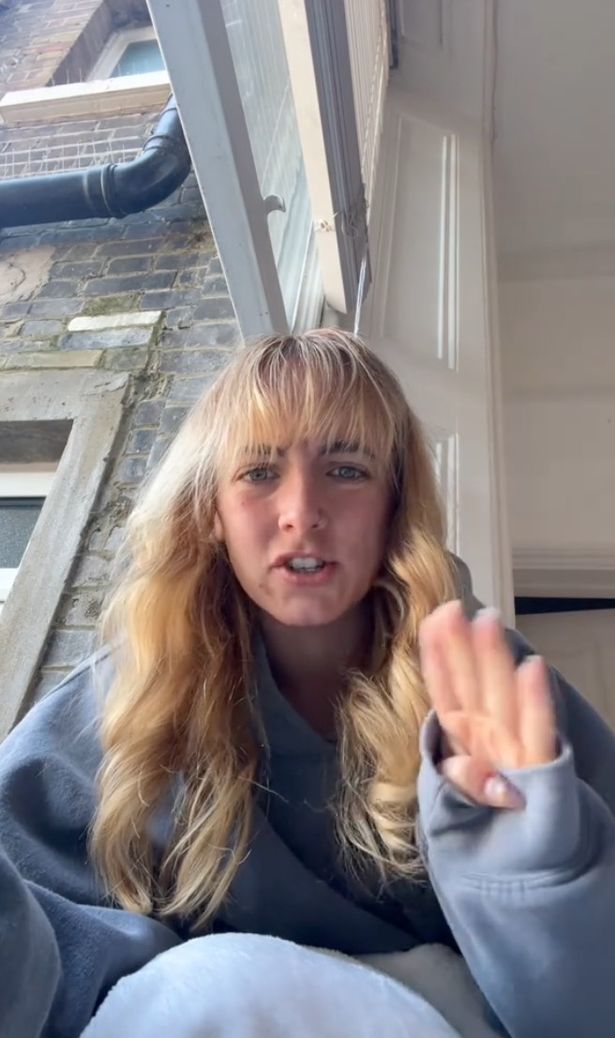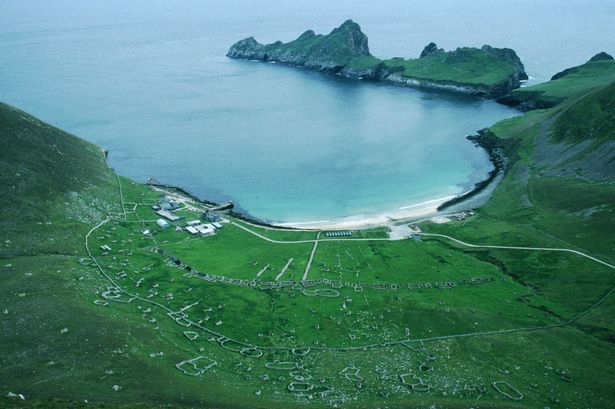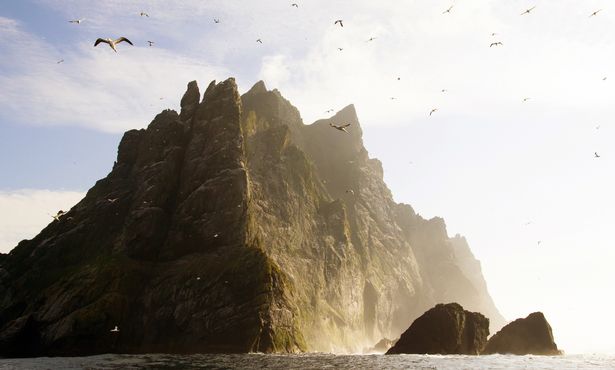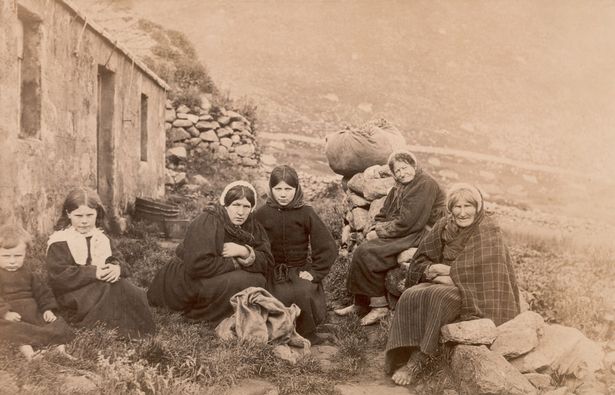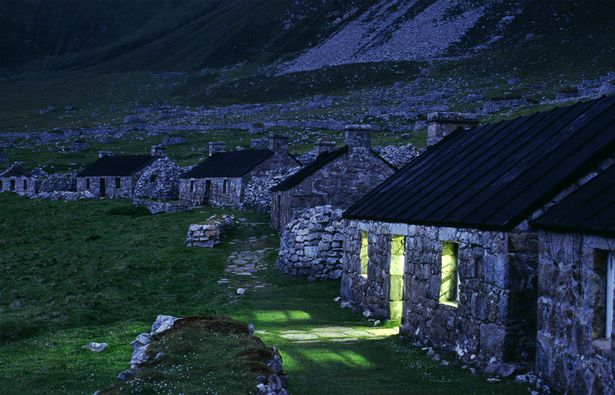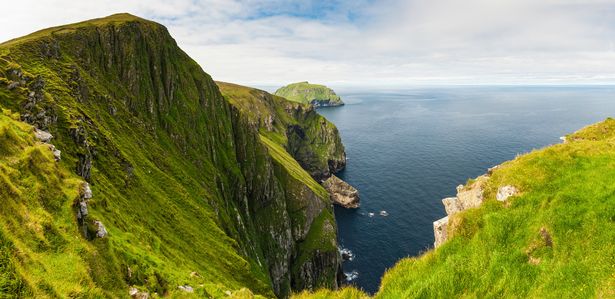Sam slammed the airline in a now viral TikTok video that has racked up more than three million views after spending her savings on a dream holiday to Miami with her best friend
A furious holidaymaker has blasted British Airways after a dream trip to Miami left her out of pocket and without her belongings for almost her entire holiday.
Sam, who shared her ordeal in a viral TikTok, claimed she was forced to pay £60 per suitcase on her journey to Miami – only to discover later her missing bag had been sitting in her hotel’s storage room all along. Her nightmare began at the airport check-in desk, where she was told her British Airways booking didn’t include checked-in luggage – despite her insisting she had paid for it.
“We tried to use the bag drop at the airport and it wouldn’t let us check in,” she explained. “We go to the check in desk and this woman literally looks like she hates us. We are the bane of her existence. She’s saying we hadn’t pre-booked our luggage, which we definitely had.”
READ MORE: Ryanair cabin baggage changes in full and how it compares to other budget airlines
Staff allegedly made her pay £60 per suitcase to get them on the flight. But it got worse after she claims the check-in assistant accidentally charged her twice and told her she’d have to reclaim the money online after her holiday.
Sam said: “We ended up crying at the desk. She was not bothered.”
After finally boarding her flight to Miami, she said she noticed her suitcase being pulled aside for a security check. She was later informed it hadn’t been properly labelled for her connecting flight – but staff assured her the issue had been sorted.
However, when she landed in Miami, her suitcase was nowhere to be found. “I explained all the issues we had a check-in to someone at the airport,” she said. “It’s never happened to me. I’m panicking. I’m crying.”
British Airways reportedly told her the bag was “stuck in limbo” and promised to send it on to her hotel as soon as possible. Days later, she received a text saying her luggage was on the way – but it never arrived.
“I go to the hotel receptionist and she tells me there’s no suitcase,” Sam said. “There was one day on the holiday that I made 45 calls to British Airways. I had none of my makeup, shoes, toiletries and medication that I have to take daily.”
But at the end of her holiday, Sam made a shocking discovery – her suitcase had been at the hotel all along, stashed away in the storage room for several days while she went without her belongings.
After returning home, she contacted British Airways to complain and says she was eventually given a refund for all expenses endured.
The Mirror has contacted British Airways for comment.
READ MORE: Emily Atack’s Dune sandals look just like Hermes Oran pair and cost £500 less


